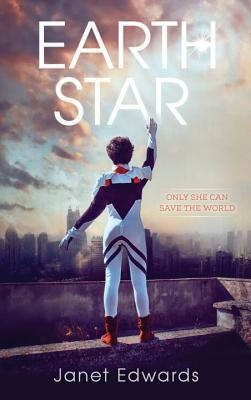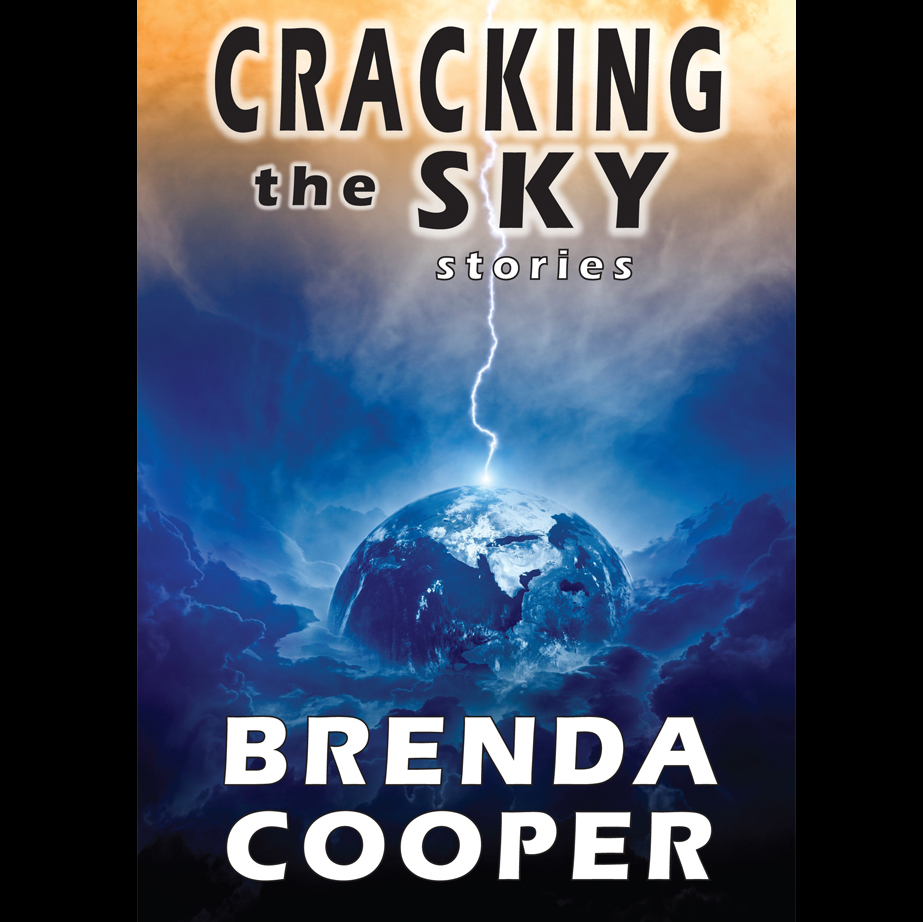 Earth Star
Earth Star is Janet Edwards‘ second book about teenage wonder girl, Jarra, and had a lot going for it in the beginning. Jarra’s first-person narration has wonderful style, some world building elements are intriguing enough that I wanted to know more, and Jarra’s handicap–an immune system unable to function on any other planet besides Earth–creates believable conflict and drama. It’s a shame that the story quickly became unbelievable and stagnate. This book, in the end, was not for me.
The good: Earth Star is set around 700 years in the future. Mankind has spread out from Earth, colonizing dozens of worlds with the use of wormhole technology. A massive social divide exists between those who can travel to the new worlds, and those who are stuck on the old world because of their “defective” genes. Up to the time when the story takes place, contact with alien life has been rare. Nonexistent as far as intelligent alien life goes. When a seemingly intelligent alien object appears in orbit around Earth, it seems that everything is about to change, perhaps not for the better. It’s an uninspired set up, but it has plenty of potential. Especially for a younger audience not well read in SF. And Jarra’s chosen field of study–history–is great for geeks like me in love with the past. The segments of the story focused on archeological dig sites of “old” cities were my favorite.
The questions Earth Star raises about equality and prejudice are worthy ones, and well-suited for teens. SF isn’t doing its job properly without some sort of mental prodding of the reader. However, beating readers over the head with how bad it is to despise someone for their differences gets old fast. Jarra’s handicapped immune system was a main plot point, though, and so probably couldn’t help but be over used. Again, for the right audience, Earth Star‘s anti-prejudice message could be quite powerful, but it felt too simplistic for older readers.
The bad: Earth Star is buzzing with untapped potential. A Universe seven or eight centuries in the future from now ought to be very different from the one we inhabit. There wasn’t enough extrapolation of our current technology or societal structures. One could let this slide if Earth Star took place in the 22nd or 23rd centuries, but our current rate of technological advancement is so great that, even 200 years from now, life will be nearly unimaginable. The vast majority of SF likely gets the landscape of the future wrong, but Jarra’s future needed to offer a better sense of wonder to set it apart from other offerings in the genre.
The biggest flaw of Earth Star–and the point where I checked out, despite reading near until its end–is its misuse of military hierarchy. Jarra and her boyfriend, Fian, are drafted into the military when the alien object appears in Earth orbit. Without a lick of basic training, explanation, or common sense, they are promoted to the rank of captain, and then Jarra is promoted to major a page or so later. It took around a hundred pages before any reason for their promotions was offered, and when it finally came, so nonsensical that I nearly put the book down for good. Anyone familiar with military protocol will likely find this aspect of Earth Star as ridiculous as I did.
I wanted to like Earth Star. Perhaps I would have been more invested in the story had I read Earth Girl, the first book in the series, beforehand. I do, however, think that this story will find a dedicated readership amongst the right audience. YA science fiction excites me. Teens and younger readers need fiction that not only sparks their sense of wonder, but asks big questions of them, and puts forth scientific ideas worth pondering. Earth Star had some of this, but ultimately left this reader unsatisfied.
—————————————————————————————————————————————————
 Review by Jordan Ricks
Review by Jordan Ricks
Bio:
Jordan started reading genre fiction when Goosebumps hit the shelves during the third grade. He picked up a copy of Ender’s Game a few years later, and then read all six original Dune novels in quick succession. He’s been devouring all things speculative ever since. Thanks to all the reading, the writer bug caught him at a young age–now he just has to learn how to finish writing what he starts. Jordan attended Orson Scott Card’s Writing Class in 2007, and David Farland’s Death Camp in 2009. One day he will finish his college education, and then go on to rule the world. For the time being, he slaves away in a frame shop in Utah, gold-leafing picture frames for artists and designers around the world. When not working for the man, Jordan spends his time at home with his wife and two kids. He usually has an audiobook playing in his ear.
You can catch him on his blog every once in a while at www.jordanricks.blogspot.com, and on twitter @jrdnricks.
Subscribe to Adventures in SciFi Publishing podcast on: iTunes | Stitcher Radio (Android users) | RSS | Website RSS | Newsletter (Subcribers are entered on giveaways)

















Speak Your Mind